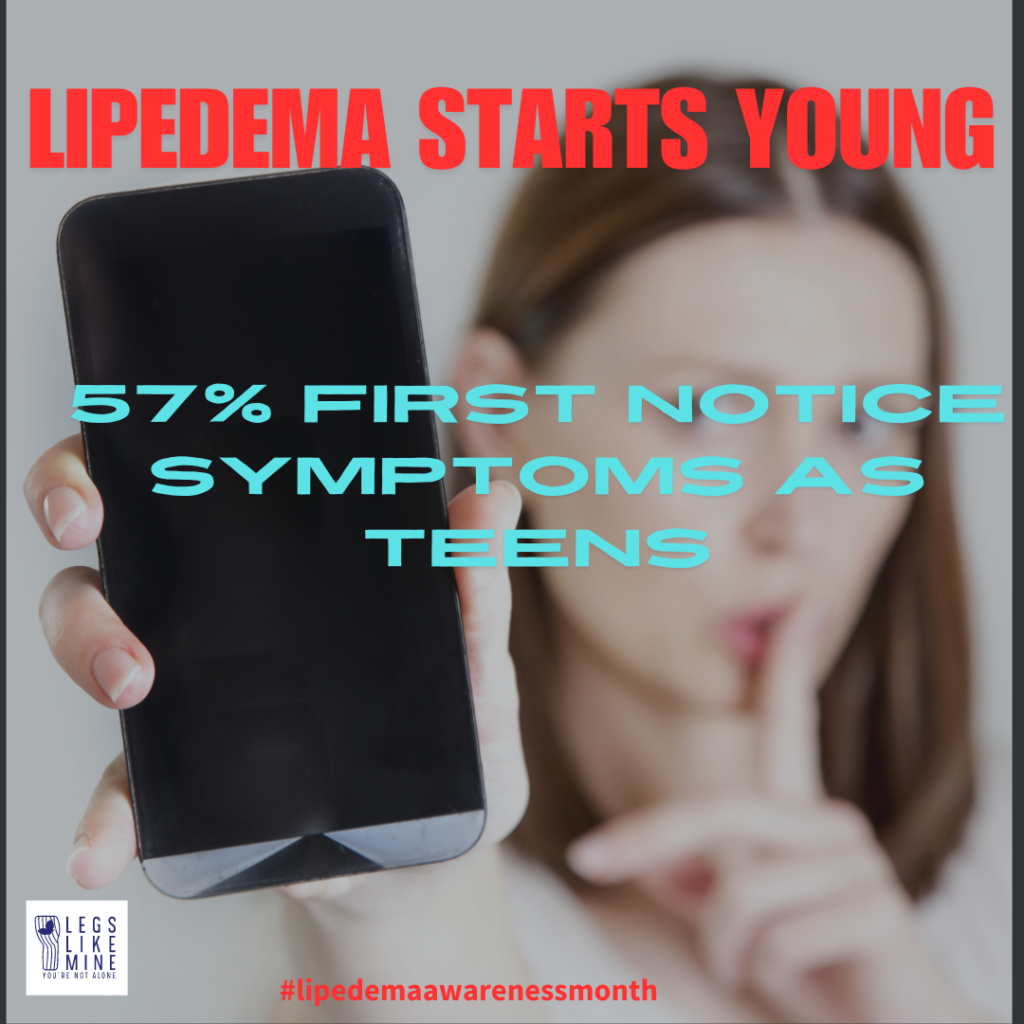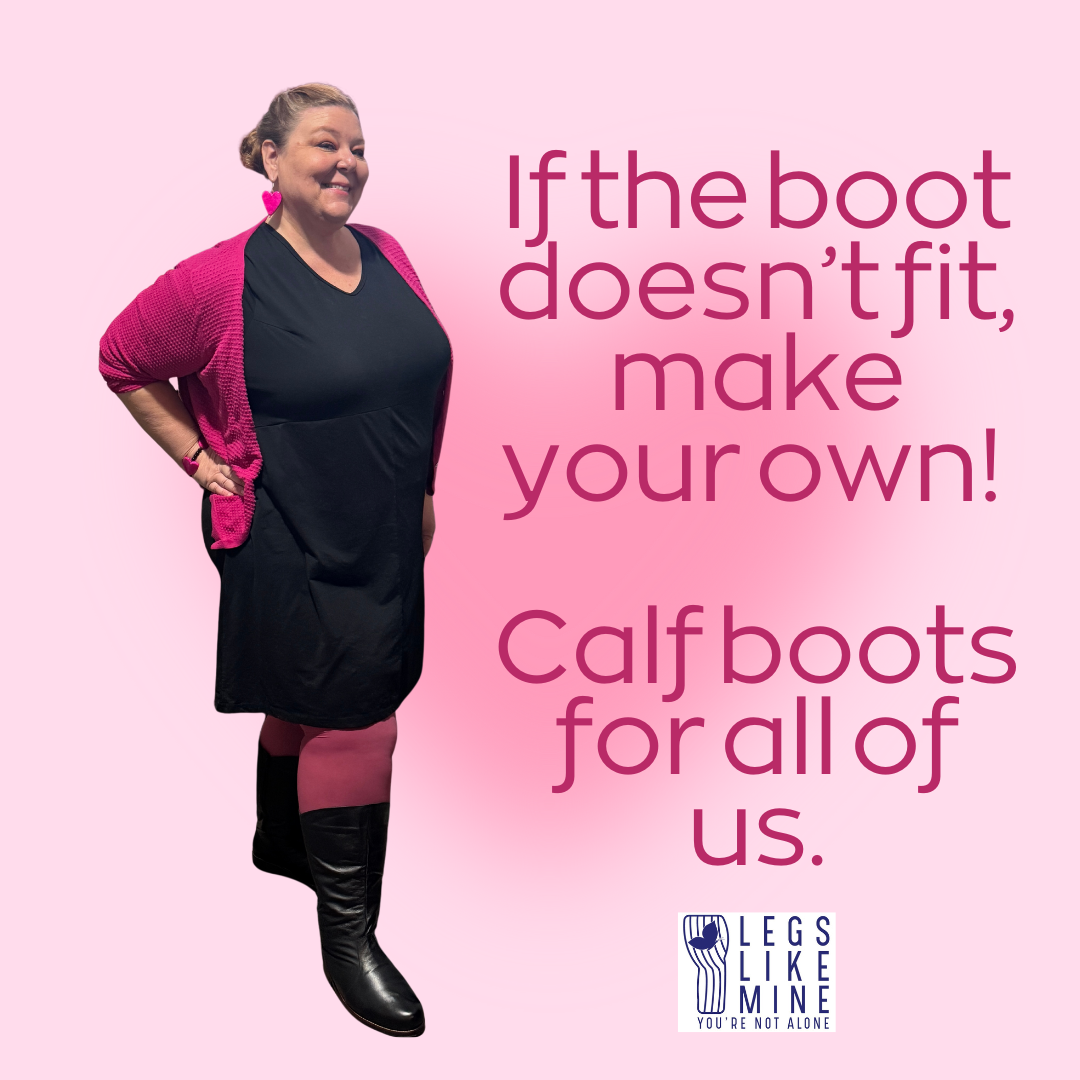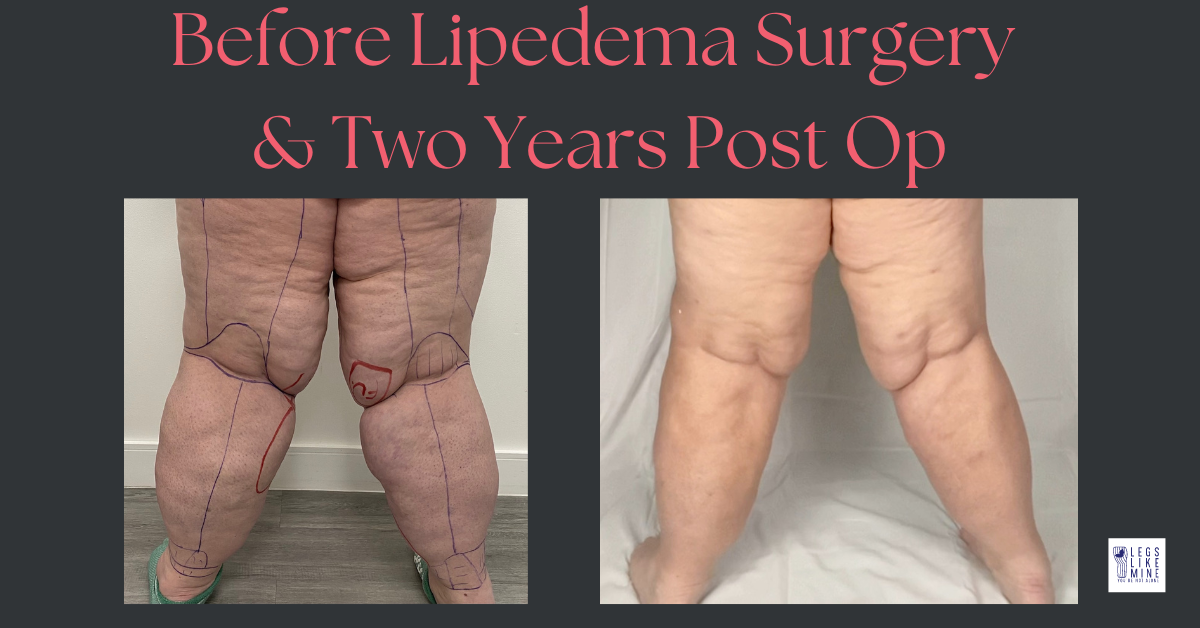Hi friends!
Have you ever heard of lipedema? If not, you’re not alone. This chronic condition, primarily affecting women, is often misunderstood and underdiagnosed. But the statistics are staggering – according to the Lipedema Foundation Registry Report, a groundbreaking survey of over 500 individuals with lipedema, a whopping 57% reported experiencing their first symptoms between the ages of 10 and 19. This report, the first of its kind, sheds light on the lived experiences of those with lipedema, highlighting the urgent need for awareness and education. It’s a call to action for medical professionals of all kinds to recognize and understand this condition, so that patients aren’t dismissed or misdiagnosed when seeking help.

That’s right, over half of these women noticed the telltale signs of lipedema – a buildup of painful, dense fat in the legs and arms – during their teenage years, often around the time of puberty. Can you imagine the confusion and distress of a young girl suddenly experiencing such drastic physical changes, with no explanation or support? Especially in the age of social media where thinness is glorified. So you know where this is leading…
According to a study published in the American Journal of Case Reports, a significant proportion of lipedema patients have a history of eating disorders. The study consisted of 100 consecutive patients with lipedema, and the results showed that 74% had a history of eating disorders, 12% with periodic binge eating attacks, 8% with bulimia, and 16% with anorexia nervosa.
The high prevalence of eating disorders among lipedema patients, as evidenced by the study, highlights the importance of raising awareness about this condition, as many girls and women may develop disordered eating habits due to a lack of understanding about the underlying cause of their disproportionate fat distribution, underscoring the need to educate the public and healthcare professionals about lipedema.

But awareness efforts shouldn’t stop there. We need to empower young women and girls to advocate for their health, which is why initiatives like the “Legs Like Mine” Girl Scout badge are so important. This badge, focused on lipedema awareness, provides a platform for girls to learn about the condition and support one another. I’ve now taught this program to hundreds of young women, and am always amazed after my speeches at how many girls are in line to talk with me about their condition and what to do next. I’ve seen this first hand, many, many times.
As someone who may be unfamiliar with lipedema, I urge you to educate yourself and spread the word.
What is Lipedema?
Lipedema is a chronic condition that occurs almost exclusively in women and manifests as symmetrical buildup of often-painful fat in the limbs, sparing the hands and feet. It may also affect the lower trunk, and some patients/clinicians have reported Lipedema tissue accumulation in other areas such as the face/scalp. For more, evidence based information about lipedema, I urge you to visit the Lipedema Foundation website. They have amazing materials and downloads for you to take to your doctor as well.

Share this blog post, talk to your friends and family, and encourage your healthcare providers to learn more. Together, we can break the silence surrounding lipedema and ensure that those affected receive the support and care they deserve, no matter their age.
Stay well,
Susan
Some Resources for You:
LegsLikeMine. (n.d.). Girl Scouts. Retrieved June 12, 2024, from https://www.legslikemine.com/girlscouts
Lipedema Foundation. (n.d.). About lipedema. Retrieved June 12, 2024, from https://www.lipedema.org/about-lipedema
Wright, Thomas F., and Karen L. Herbst. “A Young Woman with Excessive Fat in Lower Extremities Develops Disordered Eating and Is Subsequently Diagnosed with Anorexia Nervosa, Lipedema, and Hypermobile Ehlers-Danlos Syndrome.” American Journal of Case Reports 22 (2021): e932238-1–e932238-8. https://www.ncbi.nlm.nih.gov/pmc/articles/PMC8212839/










